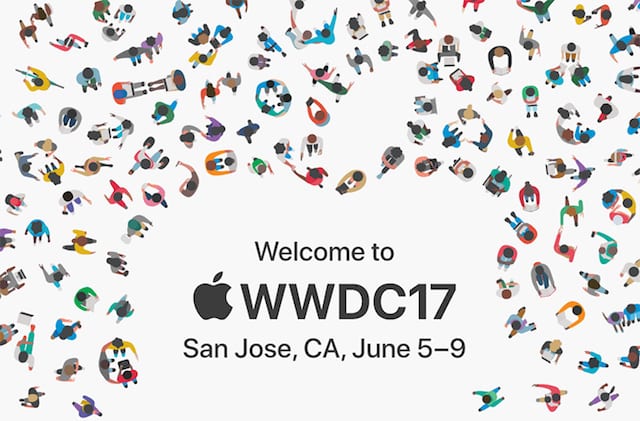
On Monday, June 5, 2017, Apple is hosting its annual keynote address to kick off the Worldwide Developers Conference — WWDC. This event gets a lot of attention from Apple fans, shareholders, developers, and those in the press, as it clarifies the direction of the company for the next year. In addition, Apple often uses the WWDC keynote to announce new products. Here are our best predictions and some wild guesses for Monday’s event.
We know without a doubt that Apple will focus on all four major Apple operating systems at this time: macOS, iOS, tvOS and watchOS. The big question is what changes to the operating systems are announced. Here are some things we both expect and would like to see:
macOS 10.13
Anyone want to take a guess on what this year’s macOS release will be named? One rumor has it that Apple will move away from the California landmark naming (Mavericks, Yosemite, El Capitan, Sierra) and to another set of code names. Frankly, I think Apple has a lot more state landmarks to use as names, so expect something like a “Napa,” “Sonoma”, “Monterey,” “Mojave” or “Borrego”. My best bet? Monterey.
Related: WWDC Preview: How to Get Ready for macOS Beta
What can we expect to see in macOS 10.13? The first guess is easy: we’ll get a firm date for the adoption of Apple File System (learn more about APFS here) on Macs, that being “sometime this fall”. The file system update went smoothly on iOS devices, but the process will be somewhat more complicated for macOS due to the variety of drives and arrays used for Mac storage.
Sadly, the move to macOS 10.13 may very well drop support for some older Macs. One good guess would be that 10.13 will make Apple’s Metal graphics API mandatory, which means that any Mac older than 2012 would not be supported.
I’d expect additional Siri support in 10.13, with a built-in “Hey, Siri” functionality like that found on other Apple devices. Anything else? Perhaps some additional Continuity capabilities. I’ll talk a bit more about what to expect in Siri in the next section of this post, but let’s just say that Siri needs to become a conversationalist.
One feature that seems like a given is adding full conference call features to FaceTime. Right now, FaceTime allows only two callers to video chat with one another. Adding the ability for groups to talk with each other seems like a natural extension of FaceTime.
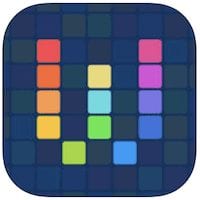 How about automation? Automator has been ignored for years, and Apple recently purchased the amazing iOS Workflow app. I’d love to see Workflow as a cross-platform automation tool for Apple operating systems, along with an API that developers could use to set up their apps for easy automation by everyday users.
How about automation? Automator has been ignored for years, and Apple recently purchased the amazing iOS Workflow app. I’d love to see Workflow as a cross-platform automation tool for Apple operating systems, along with an API that developers could use to set up their apps for easy automation by everyday users.
Apple’s Time Machine backup utility has been around since 2007 and is missing one feature that defines backups of iOS devices: a way to back up to iCloud. While this would require most Mac users to purchase much more expensive iCloud accounts, a cloud-based backup utility from Apple seems like a natural extension of the existing Time Machine capability.
One idea that’s been bouncing around is the addition of multiple Docks to macOS. This makes a lot of sense, since more Mac users than ever are using multiple monitors. Having a customizable Dock for each monitor would make it much easier to launch apps that work well together on a specific screen — video editing apps on one, productivity apps on another.
OK, that’s enough prognosticating about macOS. Let’s move on to iOS!
iOS 11
Apple’s mobile operating system is expected to see some changes that may seem subtle, but could have a huge effect on how we use our iPhones and iPads.

For example, Siri is beginning to seem a bit like a slightly addled old butler instead of an intelligent assistant when compared to Google Assistant and Amazon Alexa. How could Siri be improved? It needs to become more aware of context, learning from each conversation what you’re likely to ask for and anticipating what you might want. Being able to ask for clarification when Siri doesn’t understand what you mean, or asking the right questions to narrow down answers are all part of where Siri needs to be going.
One intriguing idea for iOS 11 is that FaceTime Audio will become the de facto standard for phone calls between iPhones. This would work well in those cases where both iPhone users are on Wi-Fi networks, but could burn up data plans in those situations where it would require an LTE connection.
![]() Apple Pay is expanding throughout the world, and the next logical step for the contactless payment system is that it could be used to make peer-to-peer payments. This would be useful for paying a friend for lunch, “pitching in” on a gift for someone, and all of those other little transactions with friends. Especially if this service has hooks into social network feeds and iMessage, making those transactions could be a huge win for Apple users…and Apple.
Apple Pay is expanding throughout the world, and the next logical step for the contactless payment system is that it could be used to make peer-to-peer payments. This would be useful for paying a friend for lunch, “pitching in” on a gift for someone, and all of those other little transactions with friends. Especially if this service has hooks into social network feeds and iMessage, making those transactions could be a huge win for Apple users…and Apple.
Related: How to Use Apple Pay for Your MacSales.com Order
Expect Apple to implement a new low-power mode that learns from your daily usage habits and then puts your devices into a low-consumption state at certain times to give your devices much longer battery life. Along with this, expect to see a Dark Mode for using devices in dim environments — apparently some resources for Dark Mode are already in iOS 10 code.
watchOS 4
The Apple Watch has quickly become the go-to device for activity tracking, so expect Apple to expand on its capabilities to keep you moving and track that movement.
For example, Apple is rumored to be working on skiing and snowboarding activities that we’d expect to see in the new version of watchOS. If that’s a possibility, why not a skateboard activity tracking capability?
Apple is allegedly working on diabetes monitoring hardware built into a Watch band, so expect to see some announcement about “Smart” Watch bands. One of these could be a band with additional built-in battery capacity that could make sleep tracking a possibility. Right now, that’s pretty much impossible since the current battery life of the Watch is such that most users charge their devices overnight.
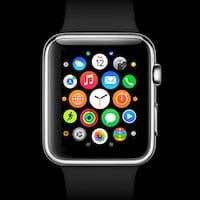 One other capability we’d all like to see is a way to have an “always on” time display. After all, isn’t that what we’re wearing a Watch for? Many other smartwatches already have this capability and equal or better battery life, so Apple needs to get on the ball with this.
One other capability we’d all like to see is a way to have an “always on” time display. After all, isn’t that what we’re wearing a Watch for? Many other smartwatches already have this capability and equal or better battery life, so Apple needs to get on the ball with this.
It’s surprising just how many watchOS apps there are, and when you go into your Watch Home Screen it’s painfully obvious that there needs to be a better way to navigate all of those apps.
Other items that could be useful in watchOS 4 would be the addition of a few more special apps. How about being able to read your existing Notes on the Apple Watch, listen to a Podcast with a Watch Podcast app, or listen to iBooks audiobooks?
Will Apple release new Watches as part of the WWDC announcements? It’s unlikely and the rumor channels have been quiet, but you never know…
tvOS 11
tvOS 11 is definitely in the works, with several developers having seen the operating system in Apple TV logs on revised Apple TV hardware. Does that mean a new Apple TV will be announced alongside tvOS 11 at WWDC 2017? Probably not — any new TV device would probably be released in September along with new iPhones and possibly new Macs…
One of the expected features is a real-live Apple TV App Store, so users could browse and buy apps from their TV. Could tvOS use better navigation features and perhaps a new remote? Sure, so expect some work in those areas.
New Hardware?
 The rumors have been flowing like a flooding river lately. We won’t see any new iPhones until September, but new iPad Pros and Macs are a possibility.
The rumors have been flowing like a flooding river lately. We won’t see any new iPhones until September, but new iPad Pros and Macs are a possibility.
It’s been two years since the iPad Pro was first introduced, and it’s time for a refresh — even when iPad sales numbers are in retreat. Many pundits believe that Apple will update the 12.9-inch iPad Pro with a faster processor, better display, and improved front and rear cameras. But the big news is a rumored 10.5-inch iPad Pro with about the same or smaller footprint as the current 9.7-inch model. This will be accomplished by eliminating a lot of the bezel around the display.
Next, and tying in with the earlier prediction about Siri becoming more intelligent, we’re all expecting that Apple will release a Siri Speaker of some sort — kind of like an Amazon Echo, but with Apple’s next generation of intelligent assistant inside.
Let’s turn to the Mac platform now. It’s probably unlikely that the redesigned Mac Pro will arrive until next year, and refreshed iMacs are probably a sure bet for later in the year — possibly October. So what does that leave? MacBooks!
Related: Apple Updates Mac Pro, Confirms New ‘Modular’ Model In the Works
Some regulatory filings made overseas show that five new MacBook models are expected to be announced. It’s expected that the 15-inch and 13-inch MacBook Pros will be refreshed, most likely with more RAM and storage to truly make them “pro” machines. I’d personally expect an updated MacBook or two, but I’m not holding my breath for a new MacBook Air. Dropping the entry price on the sleek little MacBook could make the MacBook Air obsolete.
A revised Mac mini is a long shot in my opinion, although the mini really needs an upgrade. The newest Mac mini was released on October 16, 2014, so it’s about time that we see an updated device.
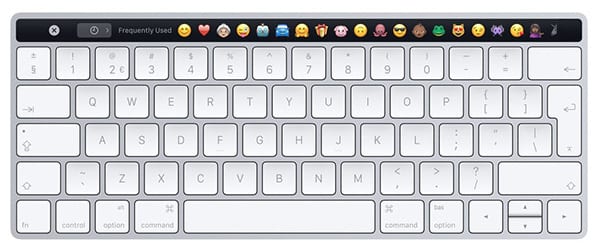
One Mac accessory that could be announced is a Touch Bar version of the wireless Magic Keyboard II. The Touch Bar has proven to be very popular with MacBook Pro users, and extending the capabilities to older desktop Macs would be a natural.
You can watch the event on Monday at 10 AM PDT / 1 PM EDT by pointing your favorite web browser to apple.com/apple-events/june-2017/. The Rocket Yard will follow up with analysis of announcements made during the keynote in the days to follow.
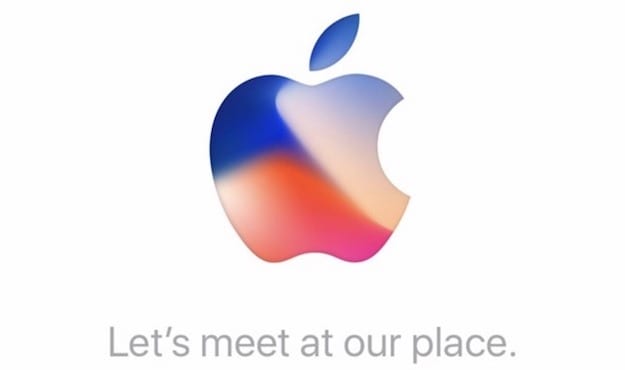
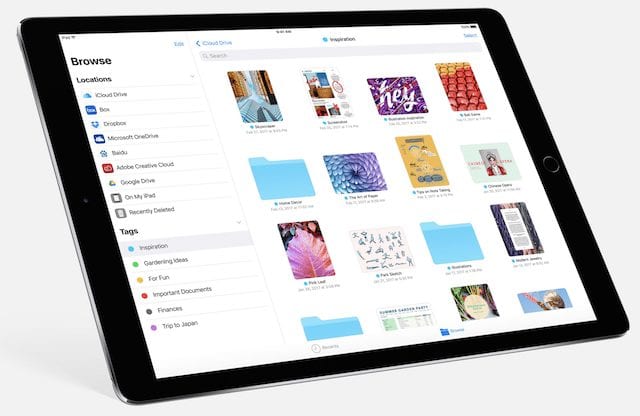
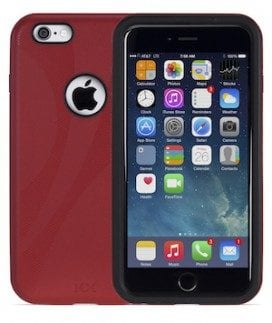

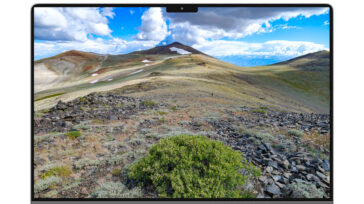

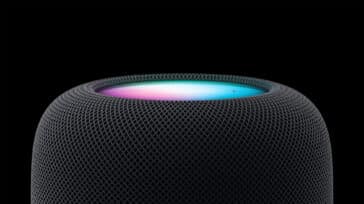
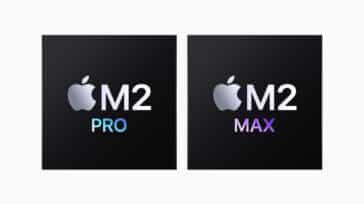


…still hoping (fantasizing?) for a new 17″ MacBook pro… <>
Bring the brand new Mac Pro and brand new Apple Thunderbolt Display. ASAP.
Regarding the notion that sleep tracking is currently “pretty much impossible” on Apple Watch, I have an original Apple Watch (over two years old) and I sleep with it every night. I charge it for 30 to 40 minutes before I go to bed and an hour in the morning and that does the trick just fine. I never seem to go below 40%.
macOS should go to 11. Should have gone with the end of the big cats. They can do a Spinal Tap “It goes to 11” ad ;-) I’d like to see more of a focus on pure Mac functionality rather than interoperability with iOS. Add Airplay to the Airport Extreme, and add ac to the Express. Fix Mail so it can spam filter by account rather than globally. Lose the cover flow view everywhere, and fix mission control. Fix iTunes? Too much to ask? Make iCloud so good I’ll want to pay for it. Make a committment to build Macs that can be upgraded. I don’t care if they get any slimmer, but I want to be able to add RAM and larger capacity drives past the point of purchase.
I’m sure I’m not the only one who feels that Apple has been focusing on shiny chrome features that either don’t contribute anything productive, or do not actually work outside of certain ideal conditions. Like Bluetooth file sharing between devices with the same AppleID.
I just hope they stop trying to ‘innovate’ their little a**** off with OSX and simply work on making it stable, smooth and secure.
the support of existing macs for 10.13 would likely need to go back to 2010 macs.
If apple could keep Messages for MacOS up to date with Messages for iOS that would be great